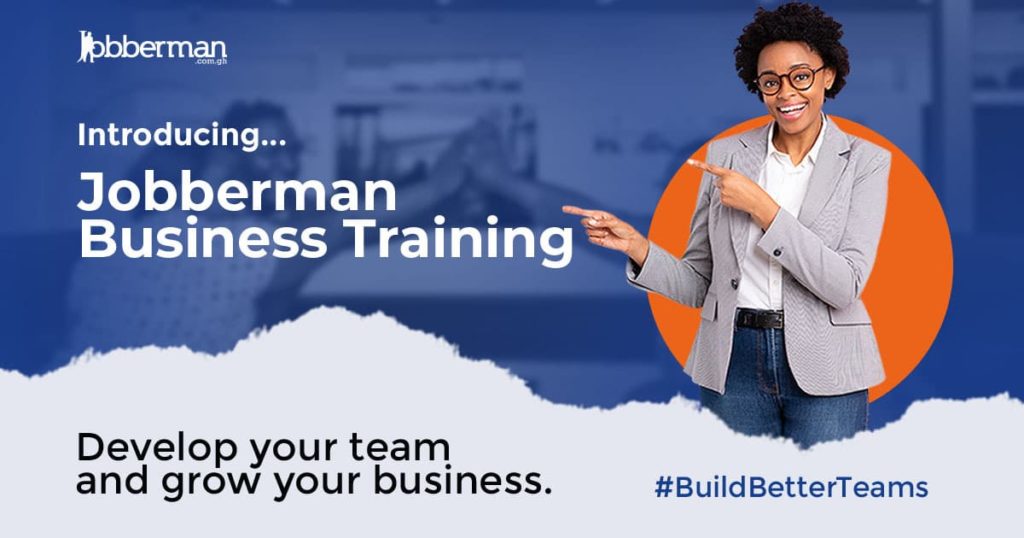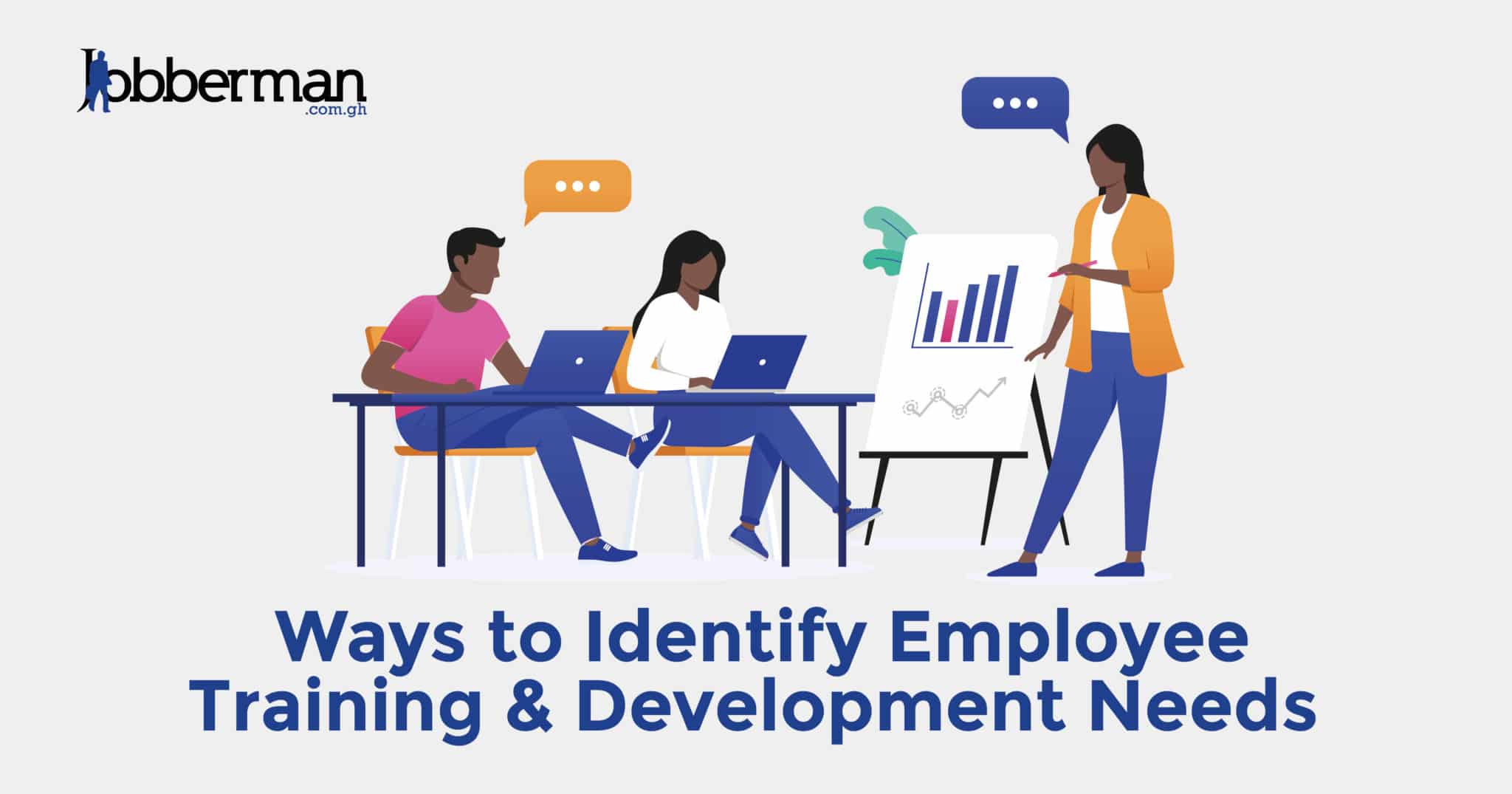Building efficient and better teams in the workplace is one of the most important things every human resource manager sets to achieve. And to build better teams relies mostly on knowing the needs of your employees.
Did you know, that employee needs differ per department and even per person? Although a department may have a specific training or developmental need, did you also know that each team member has specific needs based on their level of experience, knowledge on the job, and even their career aspirations?
That is why, as an employer or HR manager, you should never offer training to your teams just for the sake of it, but tailor-made training programs that meet the needs of your business.
Table of Contents
Here are 5 Ways to identify employee training development needs.
1. Have a Clear Understanding of The Business Training and Dev’t Goals
Just as your business has a goal to achieve, every employee of your organization also has an objective for their career. Now what?
So then, as an employer or HR department, you must have a clear goal on why they need to train and develop your teams. It could be either of the following;
- To improve employee performance/ build competencies.
- To motivate employees and keep them engaged at work.
- To reduce turnover costs and prepare them for higher/ managerial opportunities.
- To attract and retain top talents.
- To revive and build a sense of innovation and creativity among employees
- To equip employees with new skill set that is required for business growth
The above objectives could be a guide on the next step to take towards employee training and development goals.
Note that at the end of it all, every training program should provide industry knowledge, on the job-specific skills set, as well as contribute to their personal development.
2. Conduct a Training Need Analysis (TNA)

According to learning and development professionals, anytime an organization identifies there is a need for training for its employees, there must be a specific justification for that need. And that is when a TNA is considered. Training need analysis allows the HR department to ascertain the reasons for training by asking the following questions.
- What specific training is required and why?
- Is it industry-focused training/ role specific/ developmental training?
- Where department within the organization needs training?
- Which team member(s) need it?
- Who will provide the training?
- How will the training be provided?
- What is the cost involved?
- How will it impact the business now and in the future?
3. Have a Conversation With Your Employees

When was the last time you had a one-on-one conversation with your team as an HR manager? Having a conversation with your employees will go a long way to revealing their personality type, work style, or even knowledge gaps as well as their career aspirations.
Beyond offering an employee a paycheck for work done at the end of each month, having a career development conversation with them is a sign that you care about their personal growth.
During such conversations, specifically ask employees where they need support and training concerning their role.
Some employees may not be comfortable with a face-to-face conversation, yet it does not end there. You can use surveys to gather information and get the necessary information from employees.
4. Outline/ Identify the Skills Gap in Your Organization

A company may have a great vision, yet if the right people with the requisite skills for the job are not hired, the business stalls or either performs below expectation.
In the same light, an evaluation of training must be done. After speaking to employees and knowing their training and development needs, you must analyze if these needs align with their roles and responsibilities and how it benefits the business in the long run.
Yes, because whenever training and development are mentioned, it comes with a budget, and does the organization have allotted money for such training and development programs for employees.
If that is budgeted for, it’s a plus for the organization, it’s time to check out the Jobberman business training.
5. Monitor Employee Performance

Monitoring and tracking employee performance allow supervisors/managers and the HR department to identify where team members need support. If employees are not performing well at their tasks, it affects the big picture of the business. It could be they lack specific skills required to make them productive and effective on the job, and that needs attention.
To curb this situation, training and development programs should be the best option. Getting along with industry trends plays a role in every business. If employees are in sync with the latest industry trends, it keeps them abreast and allows them to improve themselves for the job.
“Job training empowers people to realize their dreams and improve their lives.” – Unknown
Build Better Teams with Training Programs

Identifying the training needs of employees and building better teams is a sure way to grow every business. Also, remember that training programs come in different forms and formats, so when you decide to finally provide training for your teams, you choose the right programs that align with the team’s needs.
As your career development and 360 HR recruitment firm, we have specially designed training programs that meet the needs of your teams, curated by experts in various industries.
Want to know more about the Jobberman Business Training?





